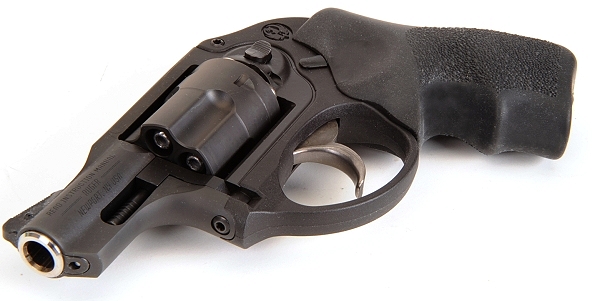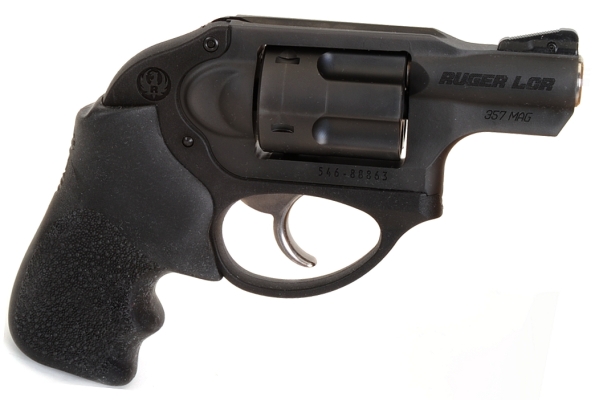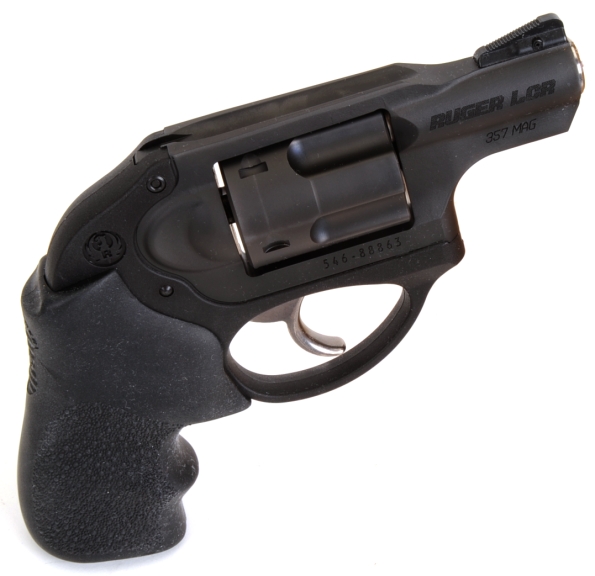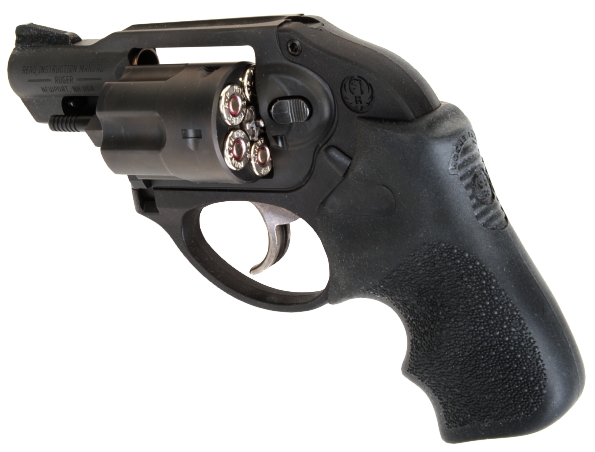 Ruger introduced the 5 shot, Lightweight Compact Revolver in January 2009. The LCR was, and remains, quite a revolutionary product. This model is only 17.1 ounces in weight and modularly constructed with a polymer fire control housing, a 400 series stainless steel mono frame, and a Carpenter 465 stainless steel cylinder and barrel… the same material used in Ruger’s 454 Casull revolvers. The revolver’s front latching system is made of titanium piece parts to assure the cylinder stays latched.
Ruger introduced the 5 shot, Lightweight Compact Revolver in January 2009. The LCR was, and remains, quite a revolutionary product. This model is only 17.1 ounces in weight and modularly constructed with a polymer fire control housing, a 400 series stainless steel mono frame, and a Carpenter 465 stainless steel cylinder and barrel… the same material used in Ruger’s 454 Casull revolvers. The revolver’s front latching system is made of titanium piece parts to assure the cylinder stays latched.
Models chambered for the 38 Special with a +P rating and 22 rimfire magnum versions have a forged 7000 series aluminum frame. Below, a look at the construction of an early 38 Special +P version. The LCR is easy to take down for cleaning and maintenance.

We had previously reviewed both 38 Special +P and 22 Magnum versions of the LCR, as well as theexternal hammer version of the 38 Special version, but stopped short of the 357 Magnum model, intuitively feeling that magnum recoil in such a lightweight revolver might make it too unmanageable for defensive use. Less intuitively and more factually, Ruger addressed the heavy recoil/light revolver dichotomy with the recoil absorbing properties of the long-fiber filled polymer fire control housing and Hogue Tamer grip.

The LCR’s grip is… different, angling back at the heel. There is room for a couple of fingers, but the back of the grip is formed to make it hand filling. The LCR’s grip was designed using US military anthropomorphic data on hand shape, so the LCR can be comfortably held within a wide range of hand sizes. It works. I found the LCR to be very controllable and nothing like my prior unpleasant experience with S&W Airweight 38 Specials. In the picture below, the no slip hash marks and Ruger logo are just visible at the top of the grip where contact is made with the web of the hand.

The LCR has no exposed hammer and a very smooth profile to facilitate concealed carry. The sights are a combination of a pinned ribbed front and a “U” notch rear that runs the length of the frame. From my experience shooting the LCR, the sights are right for the intended application, but I think the revolver’s potential is more than the sights would afford. The Ruger Shop offers red and green fiber optic and Tritium front sights as well as a LaserMax unit. I wouldn’t mind a smooth rise for a fiber optic rear sight, but but that might conflict with the revolver’s ease of concealment.

Visible from this side, the grip is thinned to clear a speed loader. Most of double action revolvers have a double hump trigger pull, but not so with the LCR. The LCR’s camming trigger pull is relatively short, it builds resistance uniformly and breaks cleanly at approximately 9.5 lbs.
|
||||||||||||||||||||||||||||||||||||||||||||
Live fire…


Email Notification